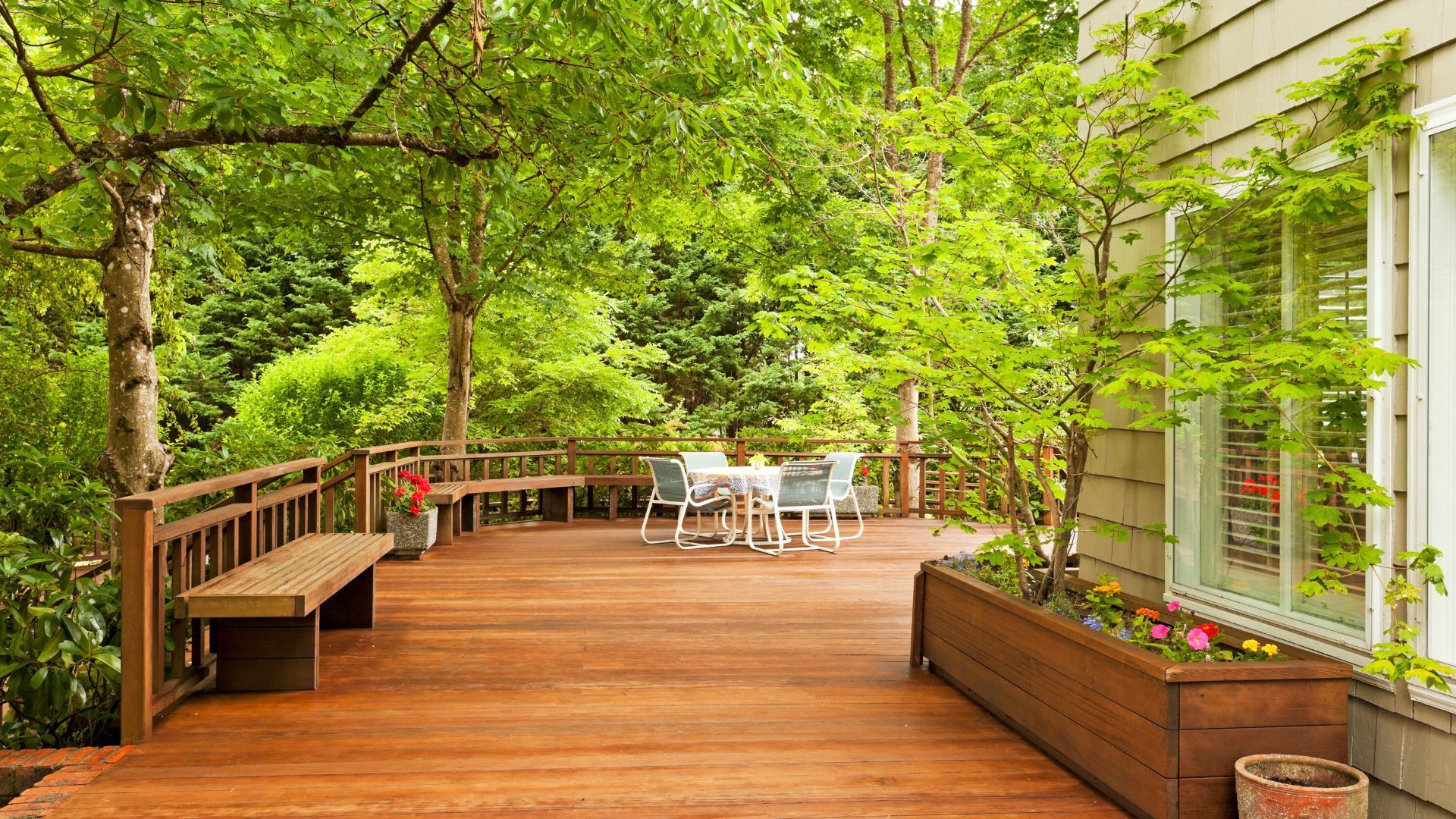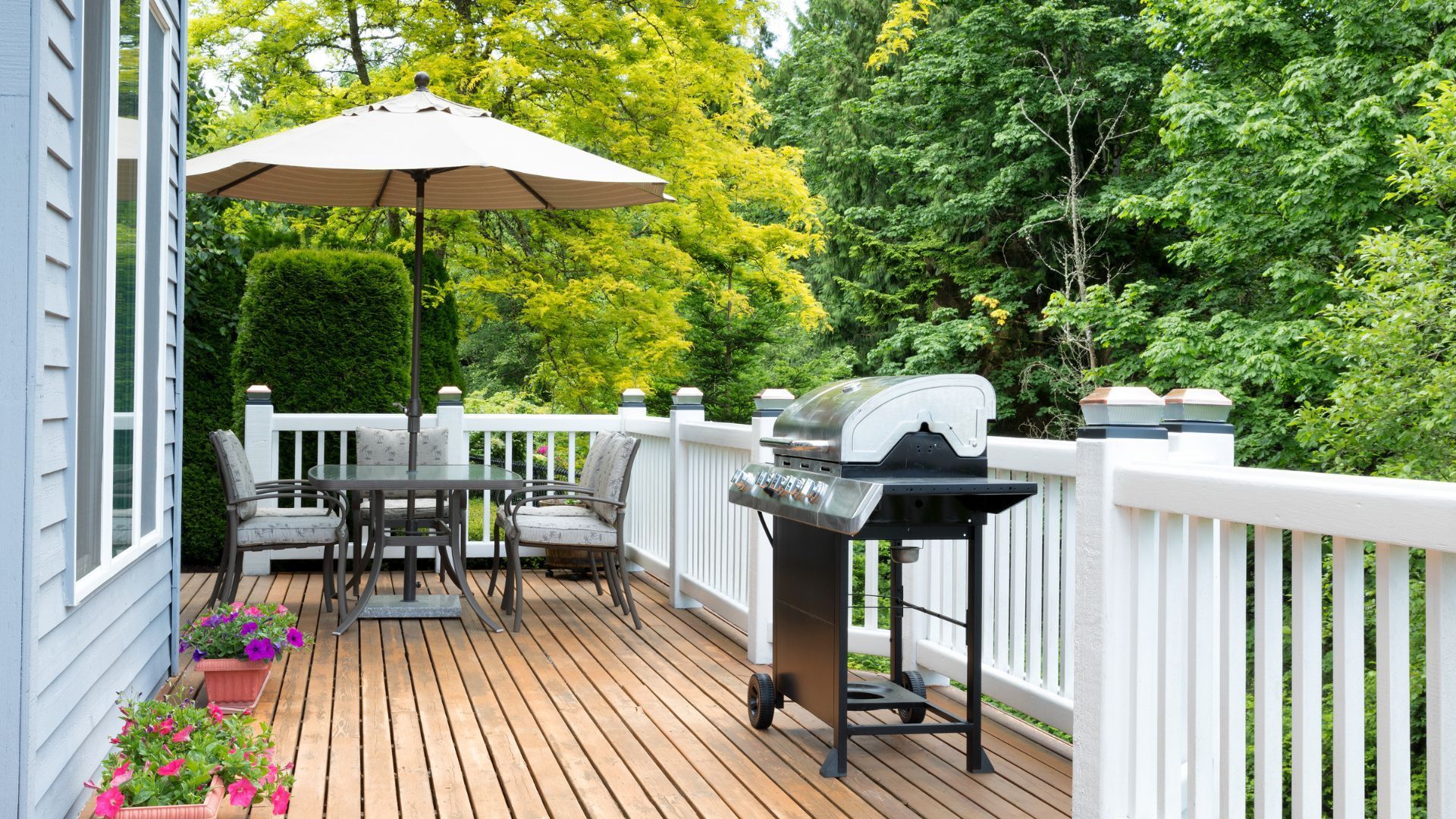Deck Design Ideas That Complement St. Paul's Historical Homes
St. Paul, Minnesota, is renowned for its rich tapestry of historical homes, each telling its own story of architectural elegance and timeless charm. Integrating modern amenities like decks into these venerable properties requires a thoughtful approach to preserve their character while enhancing outdoor living spaces. Capital City Deck Pros specializes in crafting decks that honor the historical integrity of St. Paul homes while offering contemporary comfort and functionality. Here are several deck design ideas that blend seamlessly with the historical aesthetics of St. Paul's architectural treasures.

Victorian Elegance
Ornate Railings and Classic Wood
Victorian homes, with their intricate details and grandeur, call for deck designs that reflect their elaborate style. Consider using natural wood to match the home's original craftsmanship. Ornate railings, possibly incorporating wrought iron or woodwork that mimics the home’s decorative trim, can add a touch of elegance that complements the Victorian aesthetic. Adding period-appropriate color schemes to the deck can also enhance the visual flow from the historical interior to the modern outdoor space.
Craftsman Charm
Natural Materials and Built-In Seating
Craftsman-style homes emphasize natural beauty and handcrafted durability, making natural wood the ideal material for decks in this context. A deck design that includes built-in benches and planters can echo the Craftsman commitment to functionality and simplicity. Using stone or brick as accents in the deck’s construction can also tie the outdoor space back to the home’s foundational elements, preserving the cohesive artisanal vibe.
Colonial Revival Coherence
Symmetry and Traditional Lattice
Colonial Revival homes are known for their symmetry, classical details, and restrained elegance. A deck for such a home should maintain these principles by incorporating a balanced design with a central focus, possibly leading back to the home’s main entrance. Traditional lattice work under the deck and classic railing designs can complement the home’s architectural lines without overwhelming its historical essence.
Prairie-Style Integration
Low Profiles and Horizontal Lines
Prairie-style homes, with their emphasis on horizontal lines and connection with the natural landscape, offer unique opportunities for deck design. Opt for a low-profile deck that extends naturally from the house, enhancing the sense of unity with the surroundings. Materials that echo the earth tones of the home and simplistic, clean-lined railings or even glass panels can maintain the visual harmony characteristic of Prairie-style architecture.
Modernizing While Preserving
Adaptive Use of Space and Materials
While respecting the architectural integrity of historical homes, integrating modern elements like composite decking can offer durability and ease of maintenance without compromising aesthetic values. Choosing colors and textures that mimic natural wood or stone can bridge the gap between old and new, ensuring the deck feels like an extension of the home rather than an afterthought.
Conclusion
Designing a deck for a historical home in St. Paul doesn't mean sacrificing modernity for tradition. Instead, it’s about creating a harmonious balance that respects the home’s architectural legacy while embracing contemporary living. Capital City Deck Pros is adept at navigating these design considerations, ensuring your deck becomes a seamless, functional, and beautiful addition to your historical home.
Call to Action
Are you looking to add a deck that complements the historical character of your St. Paul home? Contact Capital City Deck Pros for a consultation. Let us help you design a deck that respects your home’s past while making the most of the present.
FAQs
How do I choose the right material for my historical home’s deck?
Select materials that reflect the home’s era and style. Natural wood is a classic choice, but modern composites can also work if they mimic traditional materials.
Can modern amenities be incorporated into a historical-themed deck?
Absolutely. Modern amenities like outdoor kitchens and lighting can be designed to fit within the deck’s aesthetic, using materials and designs that harmonize with the historical theme.
How can a deck design incorporate privacy without obscuring historical details?
Strategic use of lattice, planters, and lower walls can create privacy zones on your deck without overshadowing the architectural features of your home.
Is it possible to add a deck to a historical home without damaging the original structure?
Yes, with careful planning and the right techniques, a deck can be added in a way that does not compromise the integrity of the historical structure.
What is the first step in adding a deck to a historical home?
Consulting with a deck building professional who has experience with historical homes is crucial. They can advise on design, materials, and construction methods that are appropriate for your home’s period and style.




